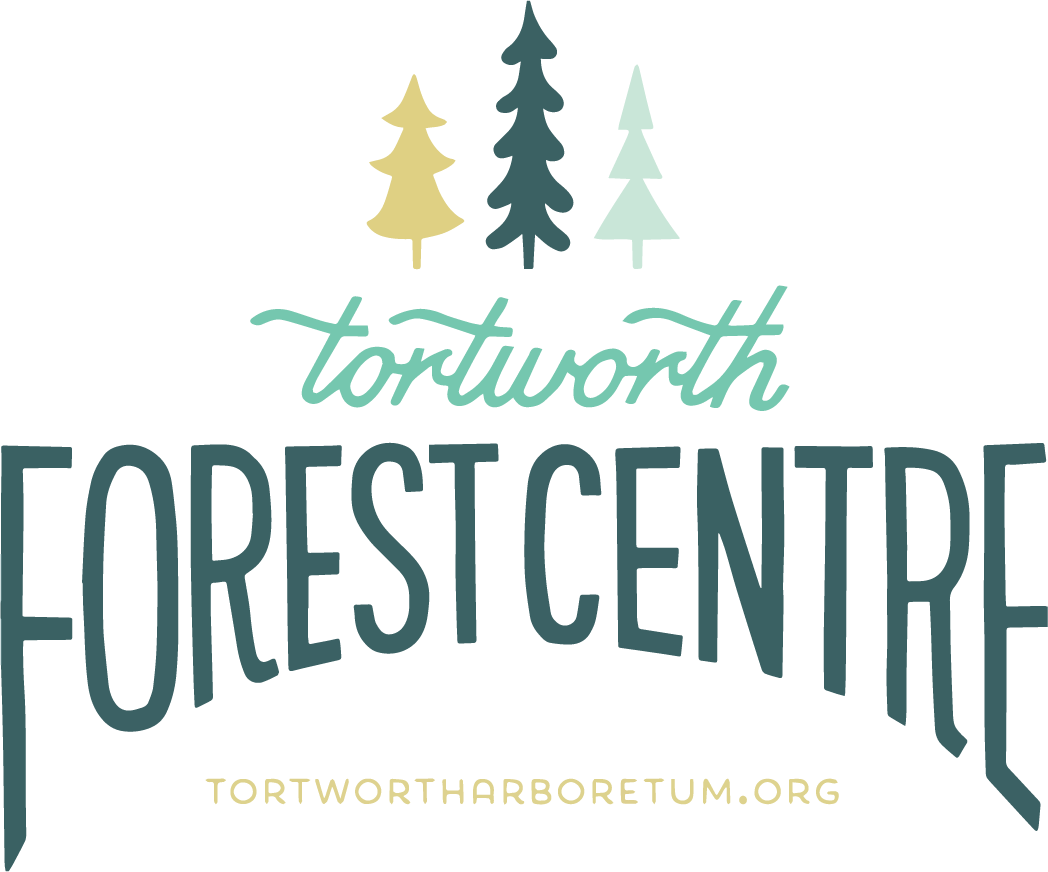Winter buds at the arboretum

Over the last few months we have been looking at some of the interesting buds and flowers found on the tree species at the arboretum. Looking at winter buds and flowers is a key part of identification, along with looking at leaves, bark and fruits/seeds etc. The sulphur yellow buds of the bitternut hickory have helped us to confirm an ID we were previously uncertain of, and the tree will get a label this year. It is a very tall tree (just next to the round house) and the ID has only been possible thanks to strong winds bringing down a branch last year that enabled us to see the leaves, and another branch last week which allowed us to see the buds and confirm that it is indeed Carya cordiformis.
It’s amazing how much there is to see in the winter. What look like a lots of bare trees have actually got striking characteristics and differences even when they are bare. Looking closely at the Japanese chestnut you can see the leaf scars left behind by last year’s foliage, which (as is common with horse chestnut species) are the shape of a horse shoe. Some trees, like the Caucasian alder and Lawson’s Cypress, provide little bursts of late winter colour with their flowers.
Below are a some highlights of the winter buds we’ve been observing:

Bitternut hickory 
Caucasian alder, female flowers 
Caucasian Wingnut 
Caucasian Wingnut, male catkins 
Caucasian lime 
Chinese Poplar 
Contorted Hazel, male catkins 
Contorted Hazel, female flowers 
Flowering Dogwood (Cornus kousa) 
Paper Handkerchief Tree 
Lawson’s Cypress, male flowers 
Japanese Horse Chestnut 
Hybrid Black Poplar 
Red Oak 
Katsura 
Common Walnut, early male catkins 
Sweet Gum 
Persian Ironwood
